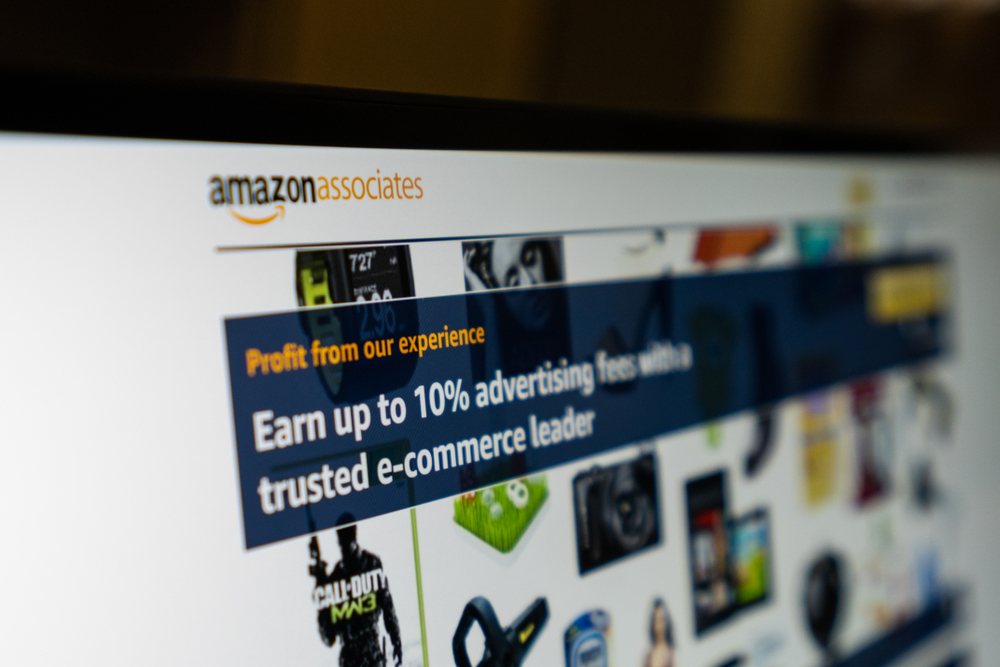Amazon is now the third-largest online advertising platform, after Facebook in second place and Google at number one. While Amazon isn’t on the same scale as Facebook and Google, it is growing faster than expected. In 2018 Amazon pulled in $10 billion in ad revenue, far more than predicted.
As it grows as an ad platform, Amazon is adding features, sharing more data for free, and refining their search algorithms. There are some unique advantages to advertising on Amazon, but also drawbacks that marketers should be aware of.
Amazon Advantages
One of the key differences between Amazon and Facebook and Google is the buying intent of users. People on Amazon are actively shopping, whereas they may be researching products on Google, and are primarily socializing on Facebook. Each has customers at a different place on the purchasing funnel.
An ad on Amazon that is targeting an audience who is actively shopping can deliver high ROI. If you are a retailer on Amazon, you can snag direct sales from your ads.
The size of Amazon’s user base is another draw, with 197 million monthly users and 95 million prime members. There are extremely loyal Amazon shoppers, who you will only reach on Amazon. You can also get the attention of shoppers who are looking at your competitors, browsing, or customers outside of your original target audience.
Amazon is also outpacing Google and other search engines for product searches, with an estimated 52% of all product searches occurring on Amazon. They also have purchasing data which could be very useful for marketers.
Cons of Advertising on Amazon
On the other hand, some marketers are wary of using Amazon as an ad platform. After all, Amazon might be your direct competitor.
Amazon has its brand products in many categories, from household and electronics to clothing and nutrition. There are claims that Amazon uses all of its tools to steer users towards its products, and away from competitors.
If you advertise your products on Amazon, they might serve a pop-up promotion that drives customers away from your product, and towards the cheaper private-label competition.
70% of brands selling on Amazon are concerned with the general competition with other brands, and 66% are concerned about competition with Amazon’s brands. But as Amazon is such a huge corner of the marketplace, many retailers have no choice but to sell there.
Types of Ads
The majority of ads on Amazon are for retailers on Amazon, but that’s not the only option. Brands outside the Amazon marketplace can serve ads with Amazon Demand, and serve display ads on sidebars. These use shopping data but are only for large campaigns with buy-in or at least $35,000 a month.
For Amazon retailers, ads include promoted products at the top of the search, sidebar promotions, and branded landed pages. Promotions are very similar to Google AdWords and use a bidding system on searches and keywords.
With pros and cons to advertising on Amazon, a sound strategy is to try an ad for a reliable product or service and track the results before committing to a larger campaign.

